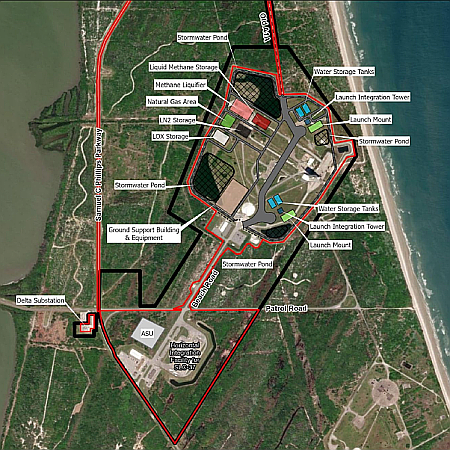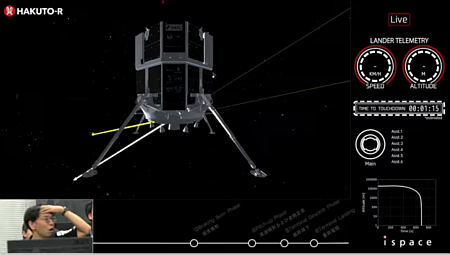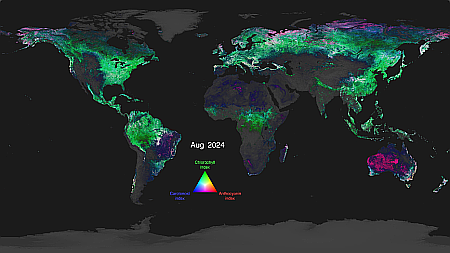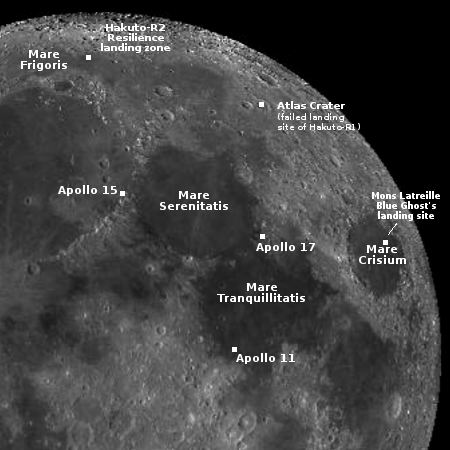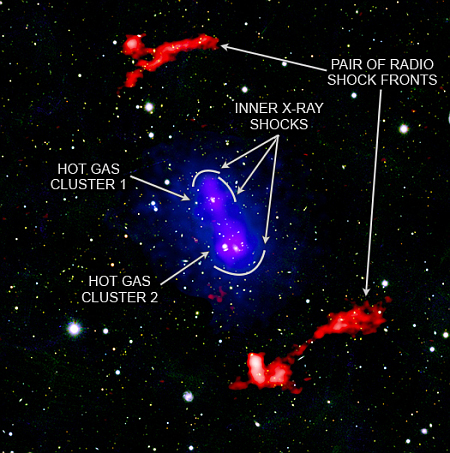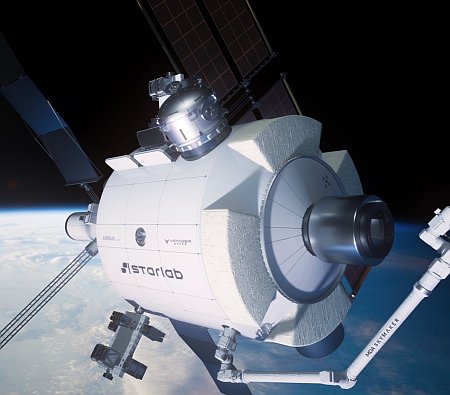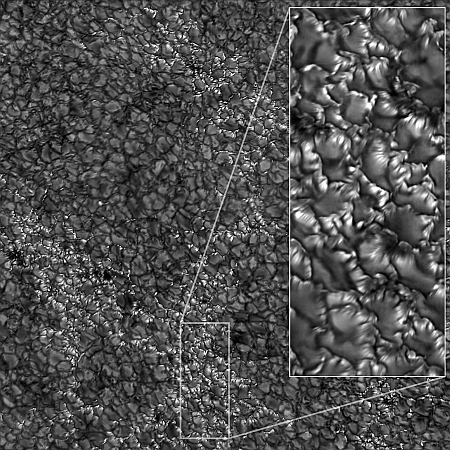Let’s all go bankrupt! A bill introduced today by Ted Cruz (R-Texas), chairman of the Senate Commerce Committee, rejects the Trump budget plan to phase out NASA’s failed SLS, Orion, and Lunar Gateway programs that have cost so far tens of billions for decades without accomplishing anything, and instead expands funding over the next decade to these and many other projects and agencies at NASA.
The bill would allocate $2.6 billion to Lunar Gateway, $4.1 billion to build two more SLS rockets, $20 million to build one more Orion capsule, $1.25 billion more for ISS to continue its operations as is, and $1 billion to upgrade or expand facilities at five NASA centers in Florida, Texas, Mississippi, Alabama, and Louisiana.
This pork-laden bill would also fund a Mars Telecommunications Orbiter for $700 million and add $325 million to the $843 million contract NASA has with SpaceX to build the de-orbit vehicle for bringing ISS down in a controlled manner once it is retired.
What this bill tells us is that these Senators, led by “lying” Ted Cruz (to use the nickname Trump pinned on him during the 2016 presidential election campaign), are still unwilling to face the realities of the national debt, and want to spend money we don’t have in order to make believe they are grand explorers sending Americans into space. Instead, these idiots are simply funneling cash to their states in order to bribe voters to vote for them.
As Elon Musk so correctly noted, there is an election coming in 2026. Maybe it is time to throw them all out.
What this bill also tells us is that Trump is going to find it very difficult to get the budget under control. The Senate doesn’t care if the country goes bankrupt. They intend to spend our money like it grows on trees, to hell with the future. Shame on them.
Sadly, these senators know they have the backing of almost the entire press corp, which is why they are doing this. They figure they will get great press for “saving” NASA, even if it bankrupts the country. Worse, it appears the press is all for helping them do so.
R.I.P. America.

